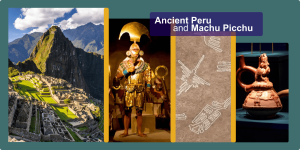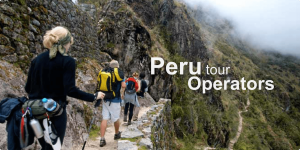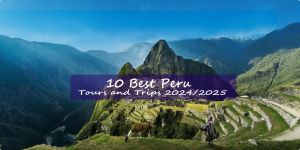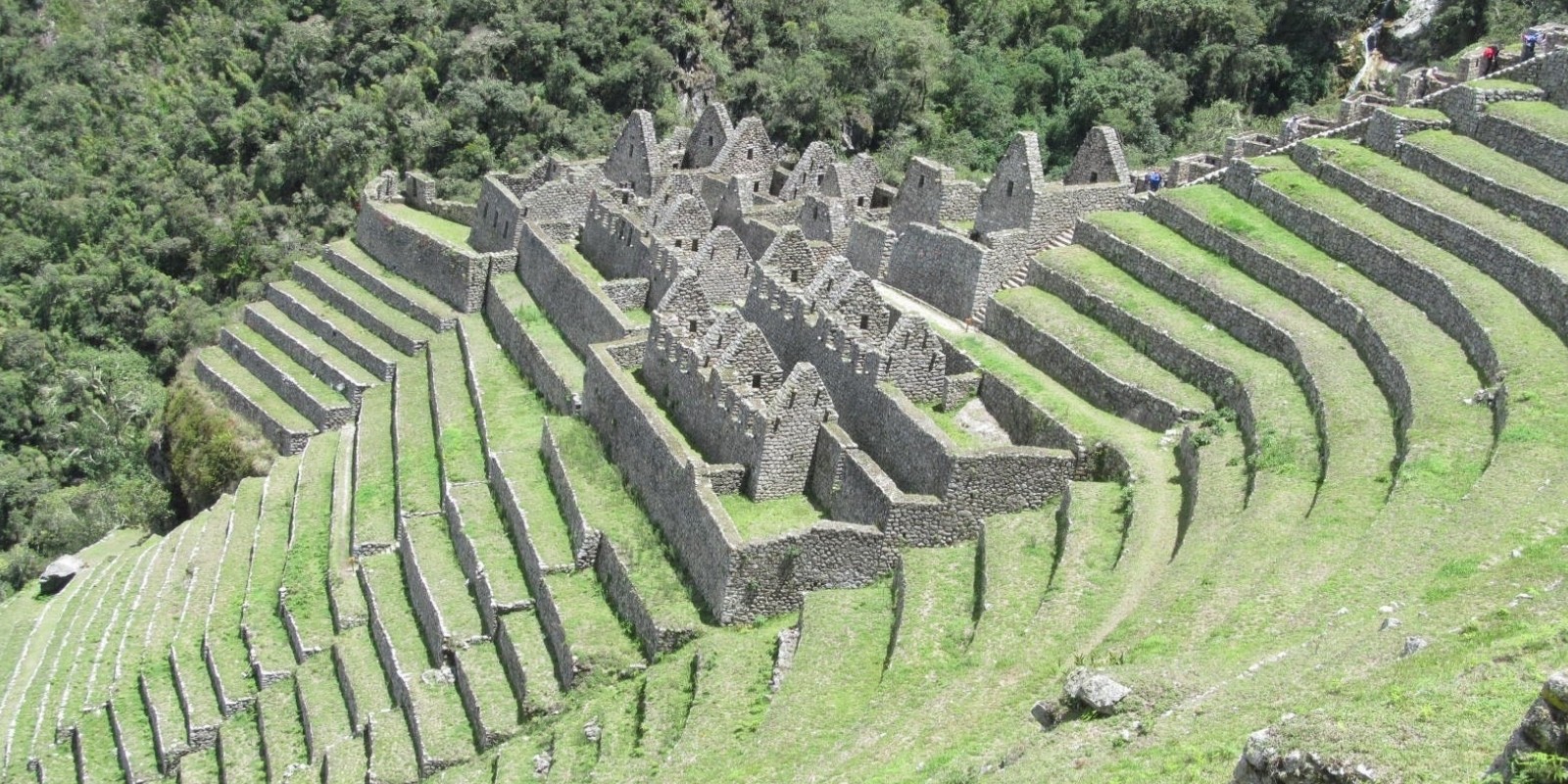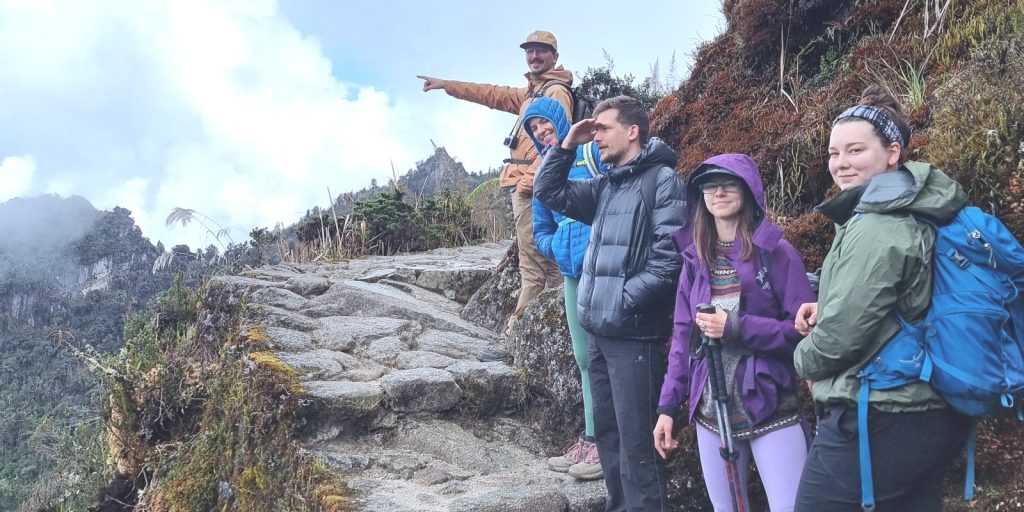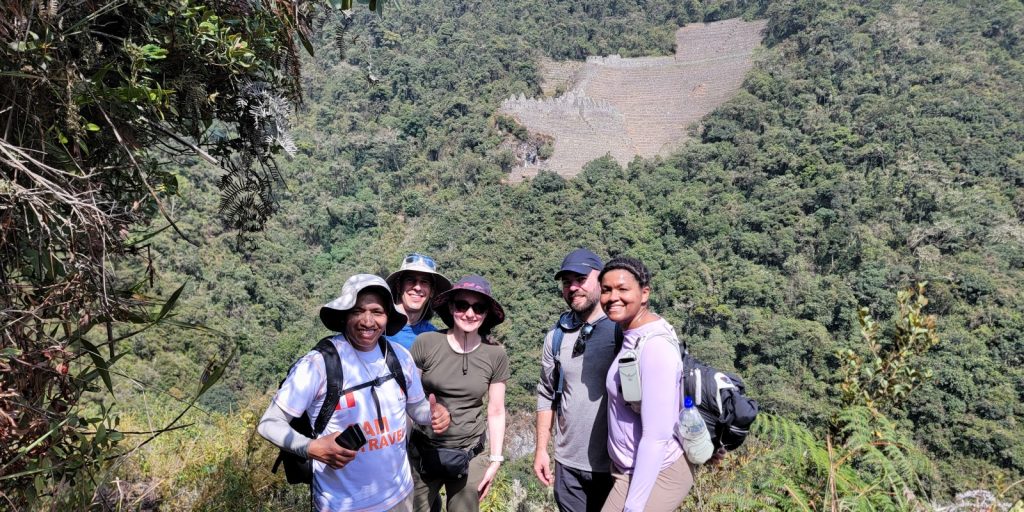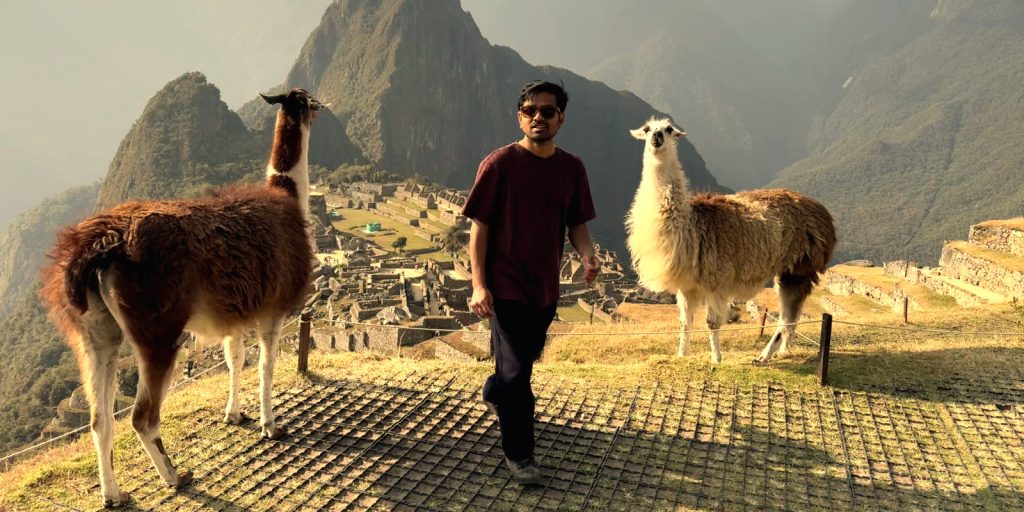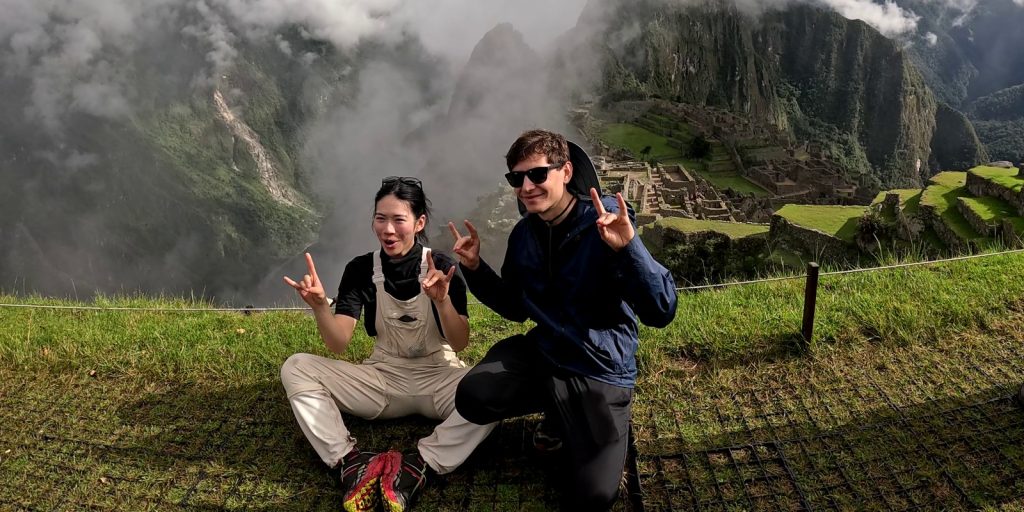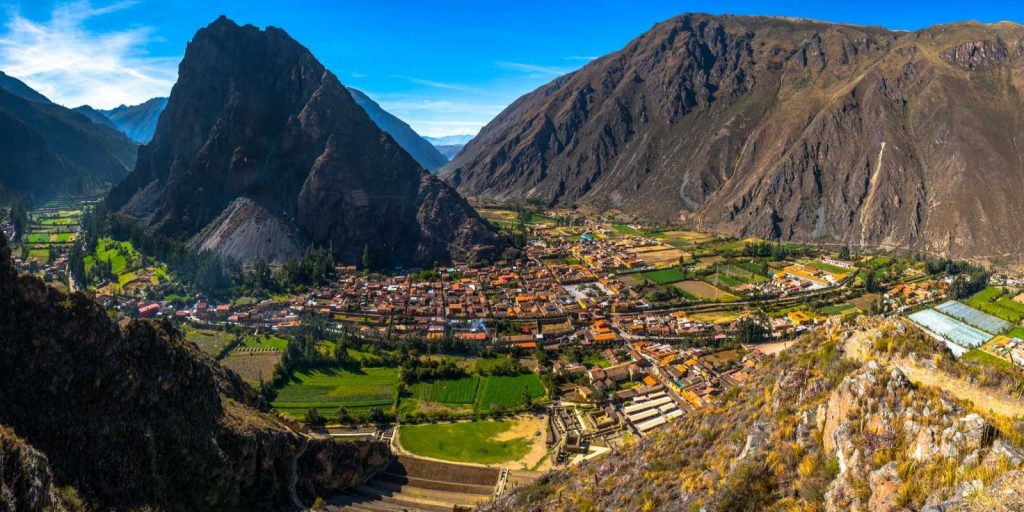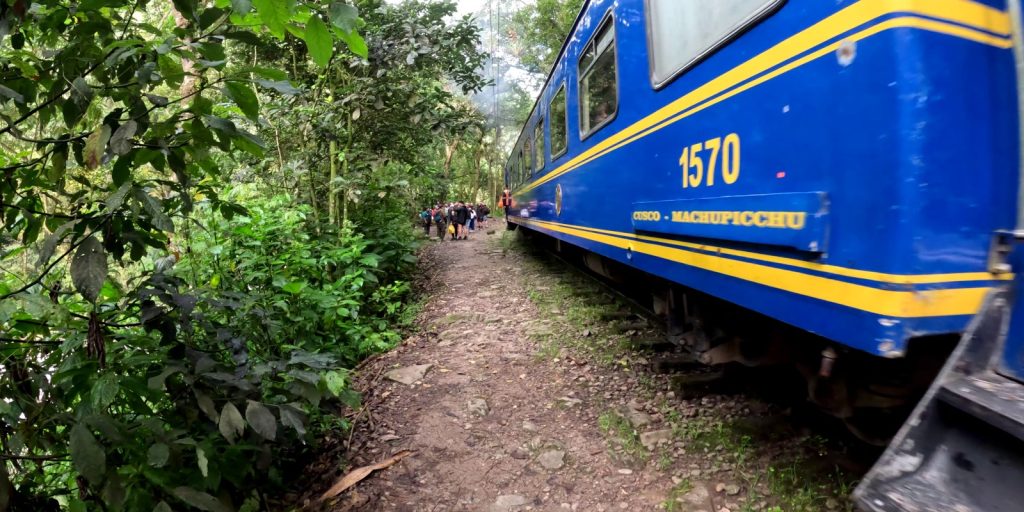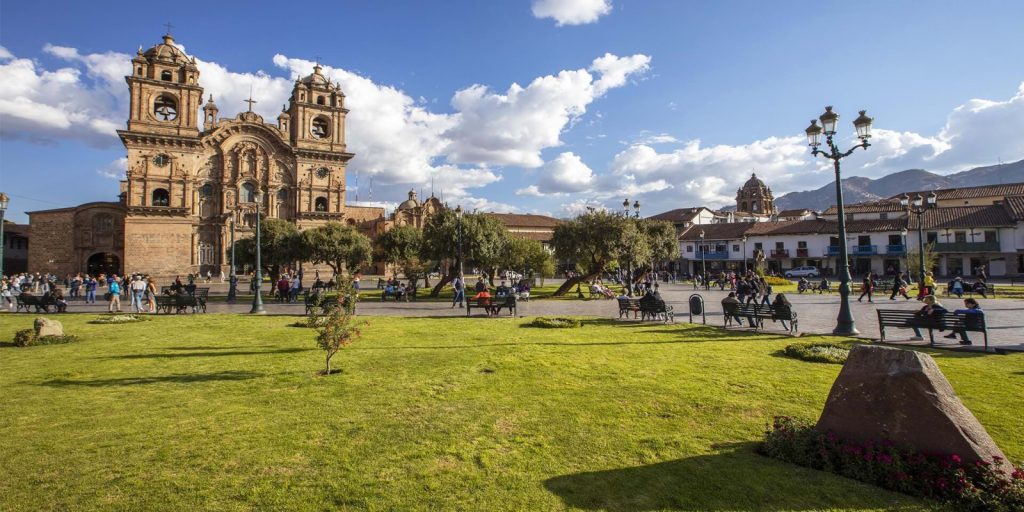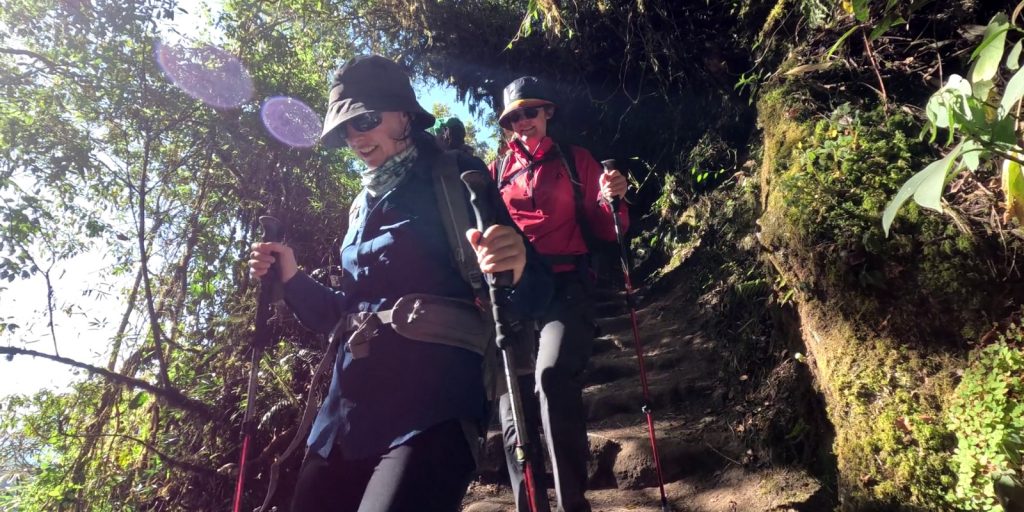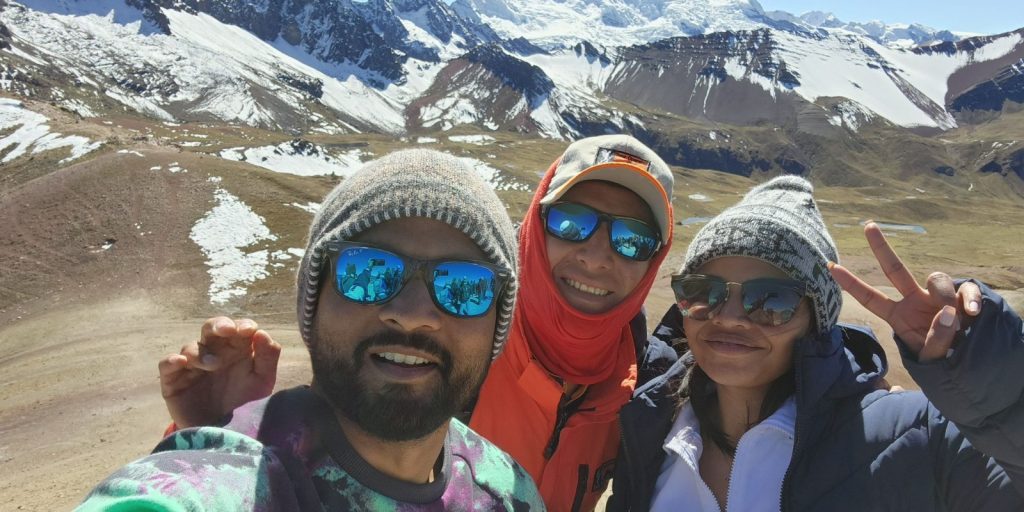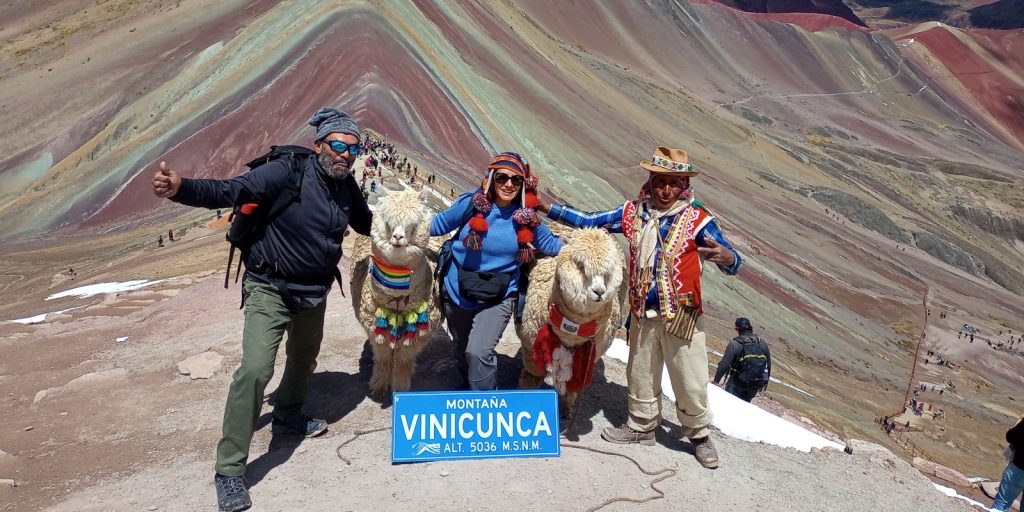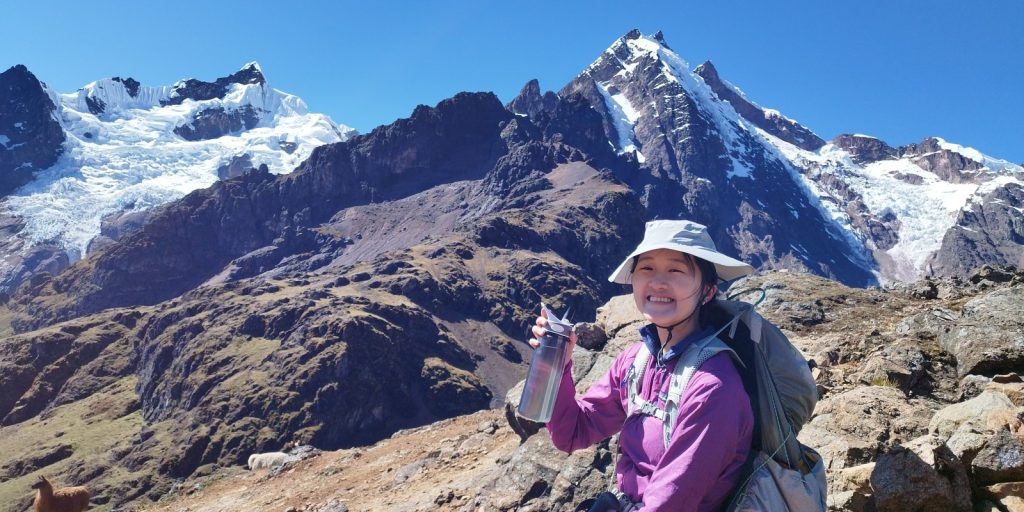Winay Wayna is one of the most significant and impressive places that you will experience on the Inca Trail. The site is known for its stunning architecture, beautiful terraces that are all enclosed in the arms of the Andes Mountain range. You will not believe the sprit and ambiance of Winay Wayna.
History of the Winay Wayna site
It’s thought Winay Wayna was built in the early or mid-15th century, along with multiple other similar sites in the vicinity. It technically forms part of the Inca Trail, so it’s thought it was a site of religious and ceremonial importance. Also thought to be a rest stop for dignitaries before the last part of the arduous journey to the royal retreat at Machu Picchu.
As with other Inca sites, Winay Wayna was constructed without mortar using meticulously carved stones that fit perfectly together.
The site was built into a steep hillside overlooking the Urubamba River, the remnants of steep, stepped agricultural terraces, a variety of house complexes, staircases and a fountain are still visible today. The architecture is defined by its graceful curves together with sharp linear structures and jagged walls. Construction of the site remains a feat in itself given its remoteness and the lack of available tools.
The Purpose
As the Spanish never made it into the jungle, so nothing is written in their chronicles about Winay Wayna. The Inca also not having a system of writing we don’t have much information about Winay Wayna. But what we do have is the hypothesis of recognized archeologists. Here are 3 of the most popular theories.
No 1, Winay Wayna was a kind of spiritual destination or resting place where Inca royalty or nobility could rest before reaching Machu Picchu. The water ceremonial sources found at the site supports this theory. The Incas believed strongly in spiritual cleaning through water ceremonies. It is said that an assistant threw small streams of water over the head of the Inca.
No 2, Other theories claim that the site functioned as a kind of administrative center. If you look at the map, this theory tends to gain momentum to see the structures of buildings that form Winay Wayna.
No 3, Winay Wayna was a food warehouse used to store different products harvested nearby. Crops like quinoa, coca leaves, different kinds of potatoes, corn, and even dried meat, according to this theory. The Inca government distributed these foods, at certain times, to surrounding areas of Machu Picchu like Sayaqmarca, Intipata, Conchamarca, and Phuyupatamarca.
Where is Winay Wayna Located?
Winay Wayna is located 5 kilometers to the Southeast of Machu Picchu, between the archaeological ruins of Phuyupatamarca and the Inca Sun Gate. The site is located at 11811 feet, (3600 meters) in a cloud forest, with mist constantly moving in and out.
What will the weather be like?
The path the Inca Trail follows to Winay Wayna has 2 seasons, the rainy season and the dry season and gradual weather and temperature changes in between. As Machu Picchu is in the middle of the Andes mountains the temperate can change rapidly, can be cold and also can be warm, as you are trekking you can also get hot.
Dry Season
June, July, and August mark the height of the dry season in the Andean region of Peru. During these months, warm sunny days are normal. Daytime temperatures usually range from 68 to 73°F (20 to 23°C), but night temperatures drop to a chilly 30 to 45°F (-1 to 7°C) at high altitude campsites.
Wet Season
November to March is the wet season in Cusco. Daytime temperatures average between 68 to 70°F (20 to 21°C). Nights are warmer compared to the dry season with an average temperature of about 45°F (7°C). Don’t panic there will be some sunshine.
How to get to Winay Wayna?
There are a few different ways to get to Winay Wayna and they all involve walking.
Classic 4-day Inca Trail, if you do the Classic Inca Trail, the trip will require 3 days of walking until you reach Winay Wayna. The trek to the ruins offers possibilities to see natural landscapes as well as many other ruins to visit and enjoy along the way.
Short 2-day Inca Trail, starting from km 104 the path is a gentle climb at your own pace to Winay Wayna. Once you have finished your tour of the ruins you will walk to the entrance of Machu Picchu. Catch a bus to the town of Aguas Calientes where you will spend the night. The next day visit Machu Picchu.
1 Day Inca Trail: (From km 104), hike for 03 hours to get to the fabulous Winay Wayna ruins. Enjoy the flora and natural landscapes surrounding Winay Wayna. Later continue to Machu Picchu.
From Aguas Calientes, you can get to Winay Wayna and the famous citadel. You only have to follow the train rail until kilometer 104 and, from this point, make the route of the Inca Trail for one day.
Attractions to see at Winay Wayna
Terraces
The first thing you will notice upon arrival into Winay Wayna are the impressive agricultural terraces that were built by the Incas to cultivate food on the side of the mountains. The terraces are built on different levels and offer a spectacular view of the surrounding valley.
The Complex
The archaeological complex of Winay Wayna is impressive and has a series of structures, including temples, plazas, stairs, and fountains. It is believed that the site was used as a religious and administrative center by the Incas.
Water Fountain
Winay Wayna also has an impressive water fountain that is believed to have been used by the Incas for ceremonial purposes. The fountain is carved in stone and has a series of channels that lead the water through the site.
Panoramic view
One of the main tourist attractions of Winay Wayna is the panoramic view of the surrounding valley and mountains. The view is stunning and is an ideal place to take photographs and enjoy the natural beauty of the area.
Tips
Bring suitable footwear and clothing
As it is a hike, it’s important to wear comfortable and sturdy footwear. Additionally, it is recommended to bring suitable clothing for the weather and extra layers in case of sudden temperature changes.
Bring enough water
Along the way and in Winay Wayna, there are no places to buy food and drinks. It is important that you have snacks and get water from your chef every morning.
Bring sunscreen and insect repellent
The sun and insects can be strong in this area, so it is important to bring sunscreen and insect repellent.
Respect the rules and recommendations of the place
To preserve the archaeological heritage of Winay Wayna, it is important to respect the rules and recommendations, such as not touching or damaging the structures, not littering, and not leaving the marked paths.
Make the most of the experience
Winay Wayna is an archaeological gem with a fascinating history. Make the most of the experience, enjoy the landscape, and admire the ancient structures
Winay Wayna or Forever Young in Quechua is one of the most interesting ruins on the Inca Trail, spectacular views that will not disappoint, surrounded by the Andes, it is a photographic paradise.


